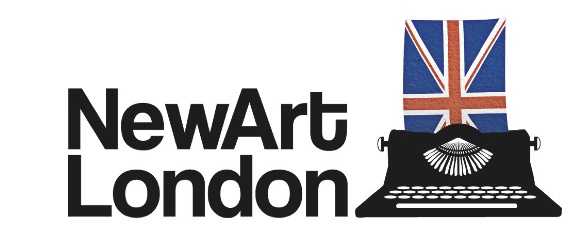31 Jul 2010
Summer at Tate Britain
The annual switch into summer mode has made the past few months busy ones. Galleries are rife with kids workshops and seasonal salons, whilst the degree shows of London art schools could fill your social calendar for the better part of two months. However, with some smaller galleries closing their doors for the short sunny season, July and August can often be slow months for the seeker of 'serious' art works.
Tate Britain currently has much to offer with the recent installations of Mike Nelson’s Coral Reef and Duveen Commission by Fiona Banner. Added to these are particular highlights from the Tate Collection, moving image works by Gerard Byrne and Francis Alÿs.
Originally installed at Matt’s Gallery in 2000, Coral Reef is a series of rooms each simultaneously emulating a sense of absurdity and abandonment. The estranged objects and paraphernalia present in each room identify as features of a minicab office, a waiting room, traces of a passion for Americana and automobiles, evidencing what Nelson describes as a structure of belief systems functioning under the ideological ocean of capitalism. Assimilated to the escapism of reading a novel, the work takes you on a path through a narrative of speculatory spaces and constructed déjà vu.
Nelson’s meticulous approach to detail is mirrored in Fiona Banner’s Duveen Commission, which takes the form of two recently decommissioned aircraft. Occupying the gallery as if to-scale versions from a young boy’s model aircraft collection; the nose of Harrier hovers vertically above the floor, imposing its great whale-like presence on the classical architecture that keeps it from crash landing on to Tate visitors, whose heads are tilted upwards in awe. Jaguar is buffed shiny, reflecting light and movement; it's fierce elegance rendered motionless, almost invisible. The works mechanical ingenuity chimes well with Francis Alÿs’ film work Guards (2004), originally commissioned by Artangel.
The film depicts the regimented walking of 64 Coldstream Guards through the City of London. At first separated, as if sheep strayed from the flock, they converge, falling into step. On reaching the area’s periphery, a bridge, the Guards disperse, breaking the animation-like presence of the marching costumes.
Room 26 currently displays Gerard Byrne’s video and photographic work 1984 and beyond (2007). A staged conversation is played out between a number of science fiction writers (Arthur C. Clarke and Rod Sterling among them) postulating how conditions and operations of living might change and develop in the future. Taking the text from a 1963 publication of Playboy, the discussion is presented by eleven Dutch actors within the context of modernist architecture.
Awoken from the silence of the pop culture archive, Byrne's film is a strange kind of fictional documentary; the immaculate sets and costume, along with the elaborate dialogue reminds us of our past fascination with assuring the future. Settled between nostalgic melancholy and residual hope, he evidences our desire to follow modernism’s beeline to what would become the failures of utopia; the grand architectural projects, the unfulfilled missions into space, the end of the socialist ideal.
Pictured: Fiona Banner Harrier (2010)
Subscribe to:
Posts (Atom)

